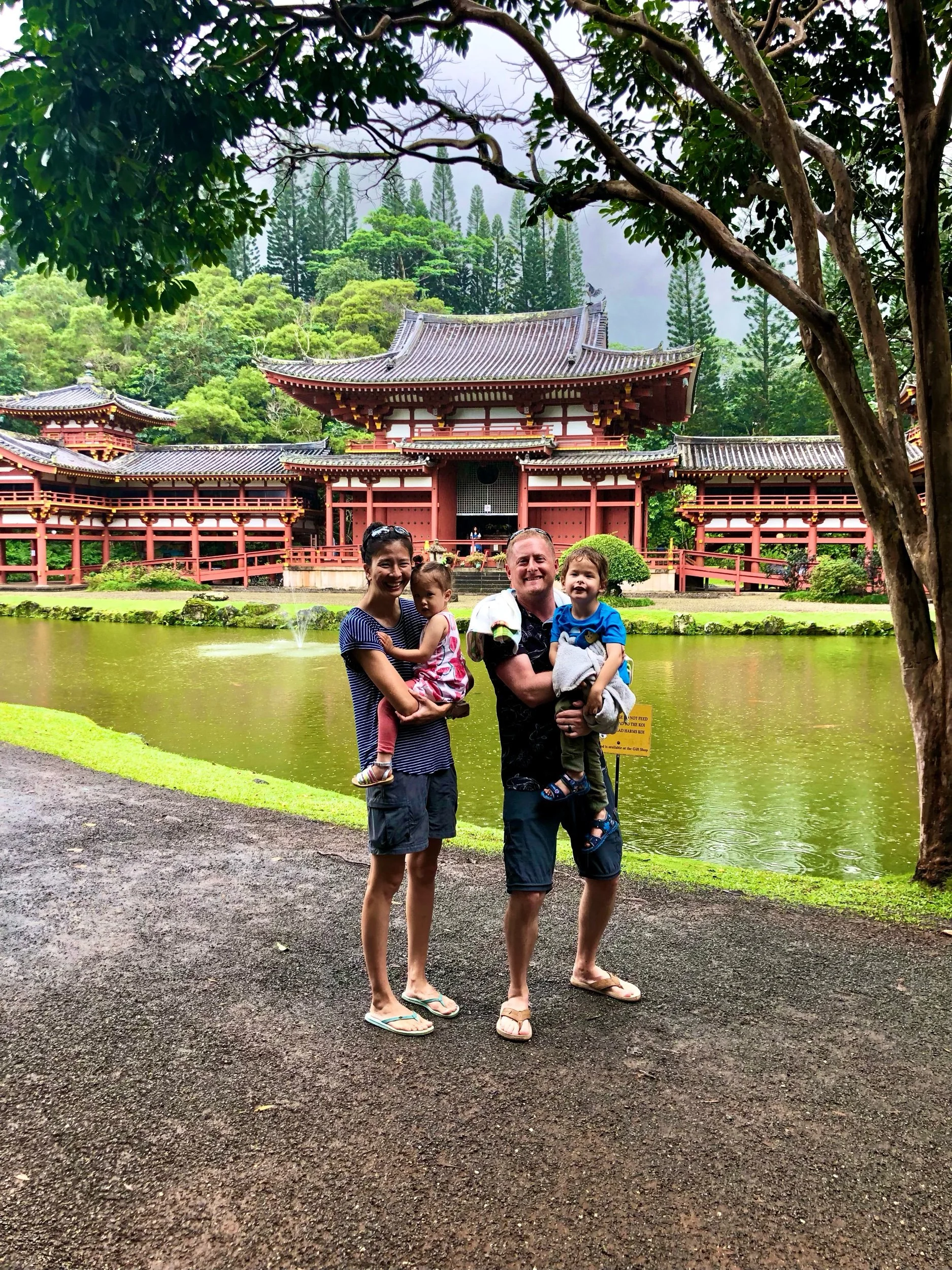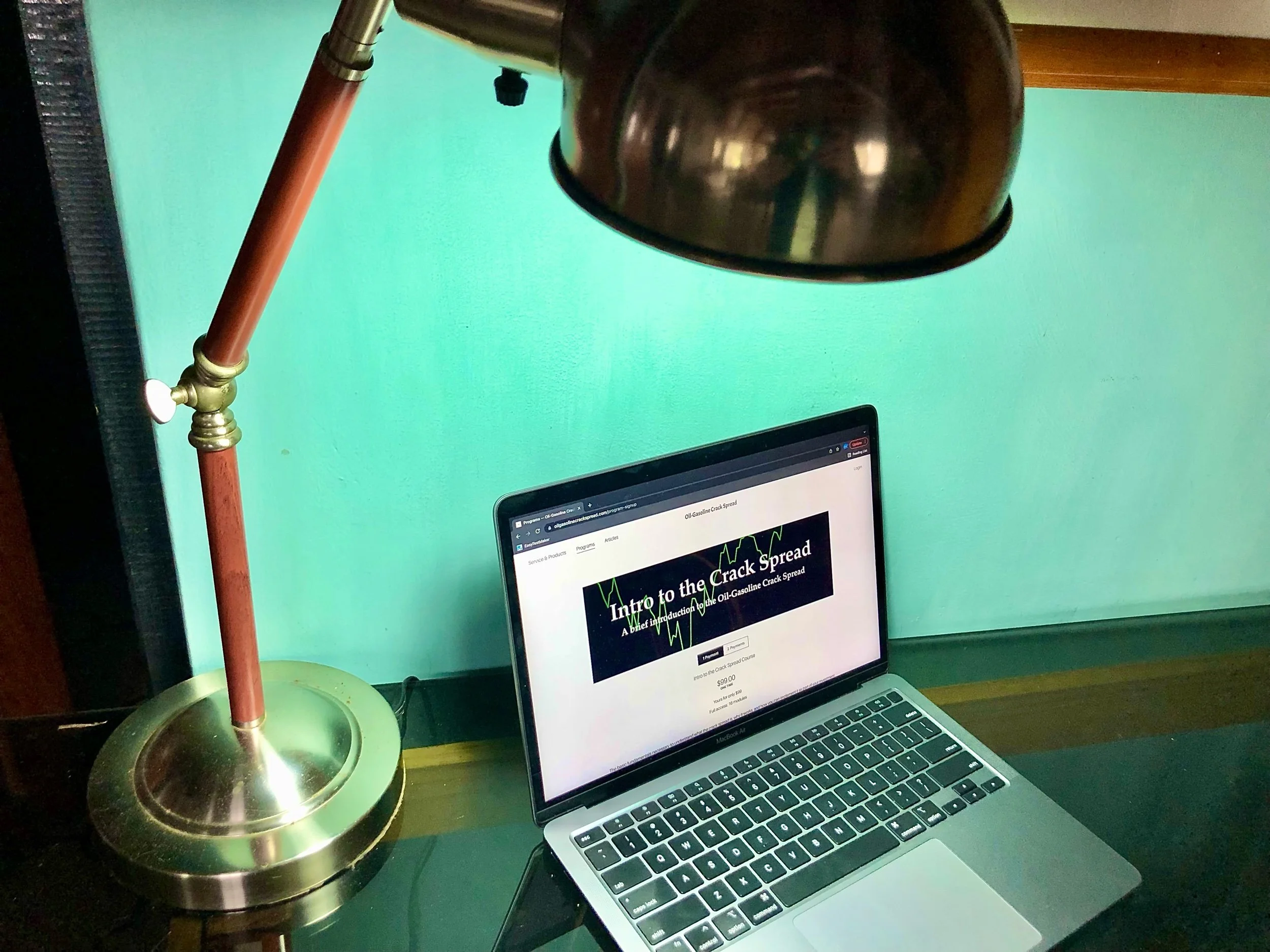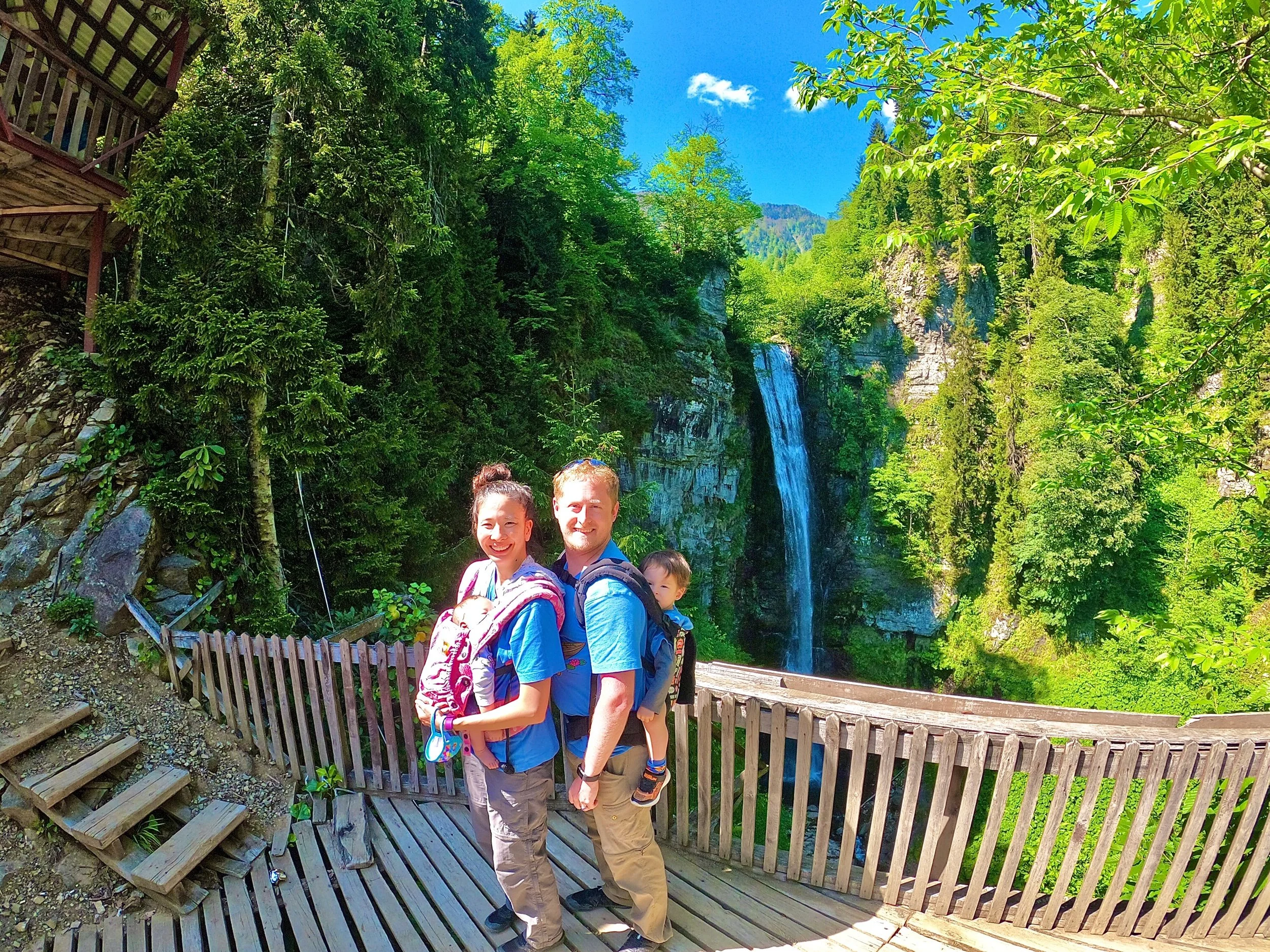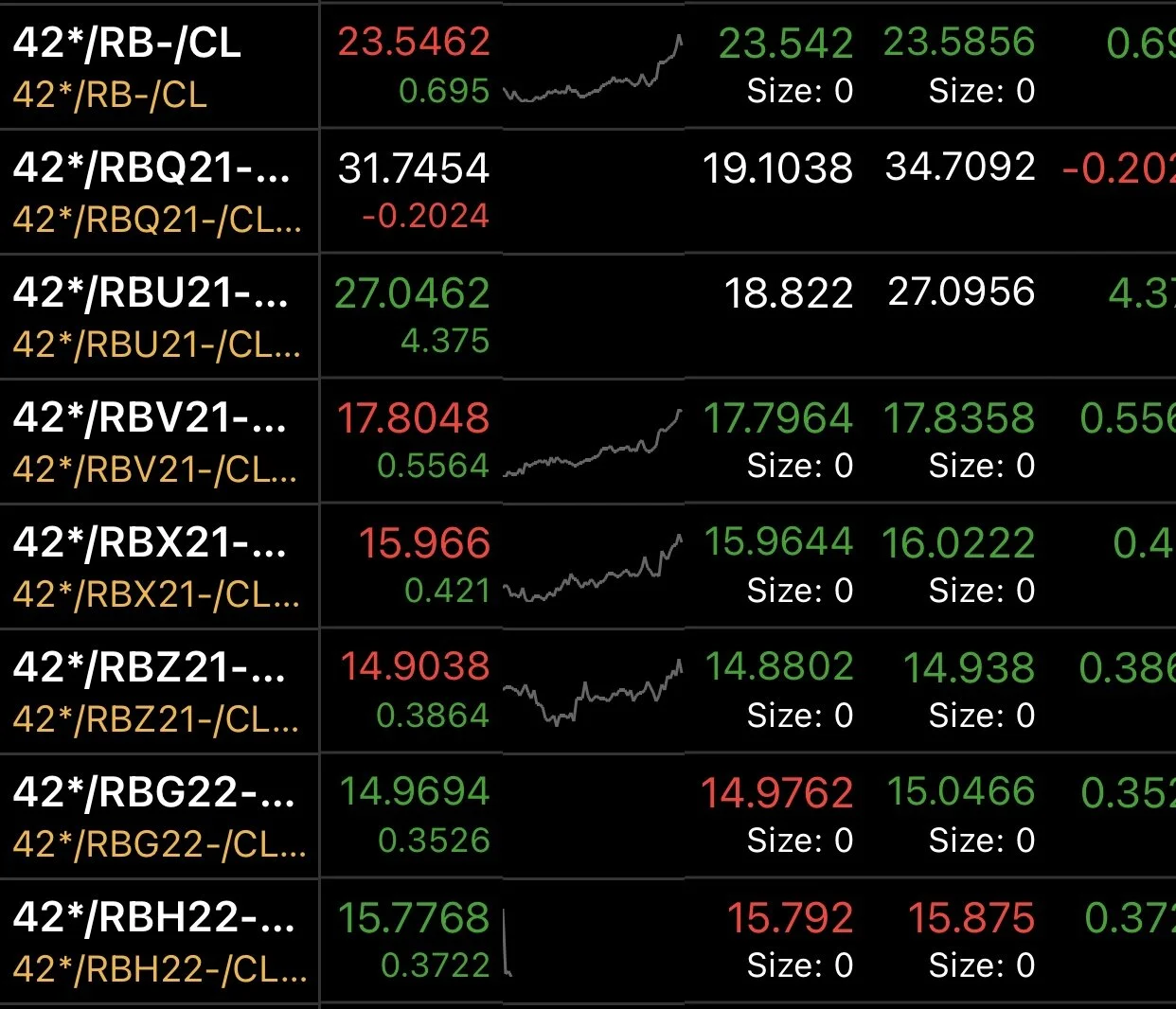Successful Blogging - Researching Effective Content
Please note: This post may contain affiliate links. See our disclosure to learn more.
Remote Jobs > Online Businesses > Successful Blogging > Researching Effective Content
Note: This section continues from Successful Blogging - Building Your Website
The Free Nomad Guide is designed to help people become successful as a blogger, podcaster, YouTuber, influencer, or other type of digital nomad. In this section of the Free Nomad Guide, we focus our attention on making the path to becoming a successful blogger as easy as possible. We remove all of the mystery by providing a clear and logical step-by-step process that both increases engagement and maximizes your revenue much quicker than the average blogger. So, congratulations on choosing this path and welcome to the blogging community!
Blogging Step 2: Researching Effective Content
Now, you’ll want to start generating quality content - blogs that are very detailed and comprehensive on a subject - about things that people are searching for.
One of the main reasons that blogs fail is because new bloggers believe that they can just write about anything and that it will work, but they are mostly picking topics that have been completely over-saturated.
What that means is that there is a select number of people who are interested in general topics, like food, style, or travel, and that they are completely satisfied with the information that is already out there. Thus, you will be struggling to get any attention and likely unable to make any sales (or very little sales) by choosing the same topics for your blog.
Additionally, you will likely not get any website traffic, simply because of the way that Google decides on what people see when they look for information. That's where Search Engine Optimization (SEO) comes in, and - when it comes to general / over-saturated topics - it is usually already highly optimized by a large number of competitors - making it very difficult for you to compete and unlikely that your page will be shown on the first couple pages of search engine results.
Here’s the secret: A blog is essentially just a big collection of articles. It does nothing to generate revenue. However, if it is based in solid fundamentals, delivers real value to a unique audience, and is designed in a way that draws in organic traffic, then it could generate real revenue.
The objective here is to find a unique niche that targets an audience that isn’t being satisfied (i.e. the information is not easy to find on the web) and that could also be used by others as well. Try to choose something that:
You are passionate about
Is unique or not being covered enough
Something that your audience is searching for
How do I know what I’m passionate about? Maybe you think you’re not passionate about anything! Well, good news - that’s not true… let me help you realize why -> Just think about this:
“If I was just hanging out with friends or family, what would I be talking to them about?”
Really give some thought to that question. Make a list of the things that come to mind. And… BINGO, those are the things that you are naturally passionate about! Easier than you thought, right?
Unique or Not Being Covered Enough? Here are a few examples of what this means… but, we’ll touch on this a little more in the next section as well.
Example 1: A general food blog would have too wide of a range with an audience in an over saturated market.
Example 2: A blog about creating meals by only using a variety of nuts would be very unique and may satisfy some strange niche of people - but, almost nobody else would use the information.
Example 3: A blog about how to eat on a tight budget with ingredients that you could find just about anywhere - targeting young families with small kids who bounce around from one Airbnb to another - could actually be really useful to your unique audience while also being useful to people who live in tiny houses, people who have limited amounts of money, people who like simple cooking recipes etc etc.
How do I know if people are Searching for it? Good question, and that brings us on to the next section, “Google SEO.”
Google SEO
First, think of a few ideas that you would be interested in writing about (perhaps your passions from above). Then, use keywords to research which of these topics people are asking questions about.
“Keywords” are words and phrases that people use to search for things on search engines.
For example, when I'm looking for cheaper restaurants to eat at in Rome, Italy - I will probably type “cheap places to eat in Rome” into the Google search box. This phrase is called a “Keyword phrase” which falls under the realm of a “keyword” in this example.
See what people are searching for by using a Keyword Research Tool. Here are two examples:
“KeySearch”
“Ahrefs”
These will allow you to search phrases and words that correspond with the topics that you are interested in writing about. You’ll simply type something like “cheap recipes” or “simple ingredients” into the research tool and then it will crank out:
A list of related phrases and words that people are actually using!
How frequently those words and phrases are being searched each month.
How much competition you’ll have with those particular words and phrases.
You'll want to use these phrases and words in your articles - because these are the ones that people are actually searching for!
Once you learn what topics people are asking about - and what questions they have regarding those topics - you can then choose which topic on your list would also be worth pursuing because:
it's a topic that gets an appropriate amount of searches each month
it has plenty of different keywords and/or key phrases related to the various parts of your topic
it is not an over saturated topic (competitive scores are less than 50 for the keywords that you would use)
If you are writing about a topic that you are passionate about, that is in an unsaturated market (unique niche), and has plenty of people searching for it (with low competition), then you have found your key to attracting an organic base of loyal fans - CONGRATULATIONS!
Helping People & Being a Responsible Influencer
It is important to remember who you are and what you're doing. If you can remember to adopt a servant’s heart, and always produce content that will help the people that you hope to bring to your site, quietly and humbly, without expecting anything in return, your blog followers will be infinitely more loyal to you in the end.
Your purpose is to help them - and as long as you don't forget that - you will succeed. I promise you that there is always something you can do to help them further!
Are you doing something dangerous? There are some influencers who portray themselves doing dangerous things, things that many of their followers would not have the qualifications to do by themselves nor the input that the influencers themselves are actually trained professionals.
This can lead to bad results, where followers believe they can do something because you did it. Some travel bloggers and Instagram influencers have shown daring pictures to their followers - like standing on the edge of a cliff or tempting a dangerous waterfall (without thinking about how it influences their followers to do it as well), and some inexperienced followers ended up trying it and dying as a result.
The message: “Be Responsible”. As an influencer, you should think twice about risking your life for the perfect photo or story. Ask yourself first if it is worth the cost. If the story truly is worth it, then consider also what your followers will do once you’ve created the images and/or story for them to read. You are now in a position of power and influence. Even if you don’t tell them to do something, they may still try to replicate you anyway.
Stan Lee immortalized what is now known as the Peter Parker Principle:
"With great power there must also come -- great responsibility!"
He was referring to Parker’s influence as a freelance photographer and journalist. So this certainly applies to blogging and influencing. (also, in case you didn’t know, Peter Parker is Spiderman).
Ask yourself this question: “Am I using my authority and influence to benefit those who follow me?” If so, you're doing it right. Live with purpose, friend, and enjoy helping - and serving - your followers!
Crafting a Multi-functional Blog
We recommend that you craft blogs to answer the questions that people are asking in the form of a “series” regarding one particular topic after the other. So, consider how you can make this happen from the beginning.
This actually blends into our next two sections as well - as it also helps build traffic and generate income (so you could think of this as an intro to those two sections).
For example: If you’re writing about building a house - you’ll need to write articles about how to choose the right piece of land, another for the right building materials, another for the plumbing, another for the electricity, another for the appliances, another for the carpeting and decorating, etc, etc.
First, create an article that touches on the “important things” that someone should know about building a house - but, perhaps just touch briefly on each subject (after all, if you talked about everything in detail in this post it might become a series of books!).
Then, expand on these individual subjects with your “series”. You can then add links to your main “important things” article which will lead viewers to the supporting articles in your “series.”
One of the reasons that we recommend doing this is because it will improve your website’s “authority” on this topic and therefore increase the ability of your “important things” article to land on the top of the first page of search engine results. If they can land on that page, then people will be checking out your page very frequently - and then they are also more likely to read your other articles as well.
Another reason that we recommend doing this is because once you are finished writing the full series, you will actually be able to turn these exact blog articles into a book and sell the digital book on your website and other places - like Amazon. This is the PRIMARY way that small blogs start earning money!
Additionally, you can record videos for each part of the series to create a course - which is talked about more in the section of this series called “Making Money from Your Blog”.
Either way, the blogs then have a multi-functionality - which makes it easier to earn more income in the long run and much better for organization on your blog as well.
Using No-Follow and External Links
This one is controversial between bloggers - primarily because Google never likes to admit how their technology and algorithms work.
After all, they pretty much have a monopoly on the Internet Search realm, so the less scrutiny they receive from the government on “how much they can manipulate what information people receive” the better - for them, not necessarily for you. But, if you can play their secret game successfully, it may end up being better for you as well.
Essentially, if you are including links in your blogs, at any point, that means that you are “vouching” for the credibility of another website.
You will end up using many links in your blog posts to recommend other sites, or even products which may earn you income. These links are known as affiliate and/or sponsorship links.
Where the controversy comes in:
Is it important to add in an extra tag to make them “nofollow” links, or could I just leave these links as the standard links (known as “do follow” links)?
The truth is that no person who is reading your page will know the difference between ANY of the links that are floating around on your blog. Unless they look at the code themselves (mostly only web developers know how to do this), they won’t see that information anyway. But, Google can see it and they do look at it.
Why does this matter?
Well, if you provide “do follow” links, it will boost the domain authority of the website that you are linking to. The website’s domain authority is something that gives credibility to a website, and therefore it is listed higher in the results of search engines like Google, Bing, Yahoo!, Baidu, and DuckDuckGo.
So, if a sponsor was paying people to write blogs about them and requiring a link to their page, then they could essentially pay for a place at the top of Google’s search results by getting hundreds of pages to “vouch for them” with their “do follow” links.
Is it bad if you are vouching for all sorts of sites on your pages and blogs?
Yes. Google has stated that Link Schemes, which are designed to manipulate page rankings and domain authority, are against its rules. They will likely lower your page rankings on search results if you are providing links of this nature.
No. Google should only be targeting pages that are violating the terms. So, if you aren’t violating the terms, you should be fine.
Probably. If Google thinks you are selling links, but you actually aren’t - you will likely still receive lower rankings on your website and blog pages!
What this means is that some bloggers believe that it could negatively affect your rankings in search engine results if you aren’t regularly using “nofollow” links instead of regular links - giving you a lower amount of website traffic than you would otherwise receive.
Our Recommendations:
For WordPress Sites: We recommend that you use a plugin that will crawl your site and allow you to choose which links should be “nofollow” and “do follow”.
For Squarespace Sites: No plugin exists like for WordPress, so you will need to use markdown fields, instead of text fields, in your blogs so that you can manually choose to make a link “nofollow” if you wish. Otherwise, they will all be “do follow” by default.
You can do this in the markdown field only, by typing the following HTML code around your links:
<a href=”https://www.thisisyourlink.com/” rel=”nofollow”>What you want your link to say</a>
In fact, just recently Google announced another two ways to identify content type:
Normal Link with no “rel” tag: Any “do follow” link is essentially a vote, or a vouching for, the site that you’ve linked to. In other words, “we vouch for this site’s product/information/etc”.
rel="nofollow": Use this attribute when you don’t want to imply any type of endorsement, including passing along ranking credit to another page.
rel="ugc": UGC stands for User Generated Content. Use this attribute for comments and forum posts.
rel="sponsored": Use this attribute to identify links that are part of advertisements, sponsorships or other compensation agreements.
And yes, you can use more than one rel value on a link. For example, rel="ugc sponsored" or rel=”nofollow ugc”. Learn more on Google’s support page here.
ONE FINAL THING ABOUT LINKS:
Also, Google tracks how long someone has been on your website or blog page with a “time count”. When someone clicks on a link that you provided, which points to an external website (one that is not a part of your website), Google will stop the “time count” for your site/page for that visitor.
For example, was the person on your page for 6 minutes before leaving your site, or for 15 seconds?
This is used to help Google determine if the information you are providing is actually helping people. The longer they stay on your page, the more valuable Google believes the content is to people who visit your site. Therefore, Google will:
increase your ranking in search results if people stay on your page longer or
decrease your ranking in search results if people leave your page quickly.
Generally, you want them to be on your site for at least 2 minutes for it not to count against you.
If people click on an external link that you provided - and your time count is stopped - this is also bad for your page - especially if they were on your page for less than 2 minutes before they clicked the link.
To prevent people from leaving your page when they click that link, you can ask the link to open in a new page or a new tab when the link is clicked instead. So, instead of closing your page and stopping the visitor’s time count on your page, it will pause the time count instead - and allow for the person to come back to it later.
To do this, add in target=”_blank” to the link code. This will force the external link to open in a new page or new tab and keep your page open so they can return to it later. Here is the code for that:
<a href=”https://www.thisisyourlink.com/” rel=”nofollow” target=”_blank”>What you want your link to say</a>
Blog Pre-Publish Checklist
After applying all of the information that you learned above, it's time to write some blogs of your own. It may take a little practice, but you're already armed with some expert tools so you already have an advantage.
Once you've created a few, look them over using this helpful checklist to make sure they are designed for maximum effectiveness.
Have you designed the outline of your blog article using SEO keywords and organized heading lists?
Is the headline catchy and based off of the best SEO keywords that you could find?
Are keyword phrases used naturally throughout your content and in headings?
Is the meta description written to be compelling and with keywords?
Does the URL contain keywords or a keyword phrase?
Is the title of the post intriguing, cause curiosity, or answer an SEO related question?
Are the subheadings also interesting or catchy (not just section labels)?
Does the featured image work well on social media - and also isn’t cluttered with words?
Does the opening paragraph contain a “hook” or a compelling reason to continue reading?
Is there a call to action after the hook which corresponds to a goal that you want your viewers to do?
Are the paragraphs all short in length and easy to quickly read with important items in bold?
Does the post contain an appropriate amount of high-quality pictures to words?
Do the picture files contain keywords that correspond to the images?
Is the file size optimized for quick load times?
Have you used ALT tags appropriately?
Has the post been edited by someone else - to make sure other people understand it - and is it free of any spelling and grammar errors?
Is your post optimized for social media?
Does it have share buttons that are easy to use?
Does it contain images and graphics (i.e. Pinterest optimized) that are easy to share?
Does it have a few catchy phrases that are easily tweetable?
Is there a goal to this post that asks the reader to do something at the end of the post?
Does this post lead to a “content upgrade” or “lead magnet” that relates to the post?
Does the post have a clear marketing goal with opt-ins shown within the content?
Deadlines
To reach success quicker, we recommend creating a calendar-type schedule for your new work. Putting in “deadlines” for everything has kept us, and many other bloggers, focused on getting everything done and avoiding the dreadful procrastination that makes bloggers give up.
It helps keep a regular flow of blog articles coming out, which in turn let's your readers know what to expect. Consistency is helpful in creating a good base of blog readers. Deadlines will help keep you on track and keep your readers satisfied.
Additionally, the more often you create new blogs, or update and republish old blogs, the more often your audience will have the opportunity, or reminder, to check out your site.
While you can share the same post a few days in a row, we recommend not to do it too often or your viewers can end up feeling like you're spamming them. This could cause them to stop filtering you!
Instead, post fresh blog content on a regular schedule - weekly or bi-weekly - and post high quality pictures or videos on days that you don't have blog posts coming out.
We post one new article near the beginning of each week and another new or updated article later in the week.
Remember - Key Takeaways
Now that you've:
picked a unique topic that people are interested in,
optimized the keywords so people will find it,
wrote your post it in a helpful and responsible way,
designed it to be multi-functional,
made sure the links you shared are attributed correctly
went through the check list
and did it all on a schedule with deadlines…
…the next thing that'll you'll need to is to implement some fast acting traffic generation techniques!
If you haven’t looked at them yet, check out the other sections of this “Easy Path to a Successful Blog”:
Make sure you sign up for the “Become a Nomad!” email list to be notified when new digital nomad income methods are released. You don't want to miss them!
<<< Can’t wait? Check out The Blog Millionaire for a full course right now! >>>
Thank you VERY much for reading our article. We actually created this website to help people reach financial independence. Did you know that by having a remote job and traveling endlessly, or living in a country that has low costs of living, you can actually reach retirement quicker? Plus, retirement abroad is up to 75 percent cheaper as well! Learn more by exploring our website: EatWanderExplore and REmotiFIRE.
See our Thank You page to sign up for our free weekly newsletter - you’ll receive only 1 email per week letting you know about our latest travel articles, remote-work life, and amazingly affordable destinations!
Found this post useful? Buy us a coffee to help support this site’s running costs OR share this article with a friend.












![Tech Elevator Demystified: Reviews, Legitimacy, and Winning Alternatives [2024]](https://images.squarespace-cdn.com/content/v1/5a028c7bbce1766d207a8a6f/1707008329038-96GH4TTYZATP6N3WDWXR/tech_elevator.png)
![Cracking the Code: Coding Dojo Reviews, Legitimacy Check, and Top Alternatives [2024]](https://images.squarespace-cdn.com/content/v1/5a028c7bbce1766d207a8a6f/1707007756149-VSJNN2PHHX2RWK6RSVQM/coding_dojo.png)


![App Academy Unveiled: Reviews, Legitimacy Check, and Top Alternatives [2024]](https://images.squarespace-cdn.com/content/v1/5a028c7bbce1766d207a8a6f/1707008090320-IUIIV4T416FP5ILRGK5W/app_academy.png)
![CareerFoundry Decoded: Reviews, Legitimacy, and the Best Alternatives [2024]](https://images.squarespace-cdn.com/content/v1/5a028c7bbce1766d207a8a6f/1707008030234-CZTE1805JUCU2M2GK7RO/careerfoundry.png)




















